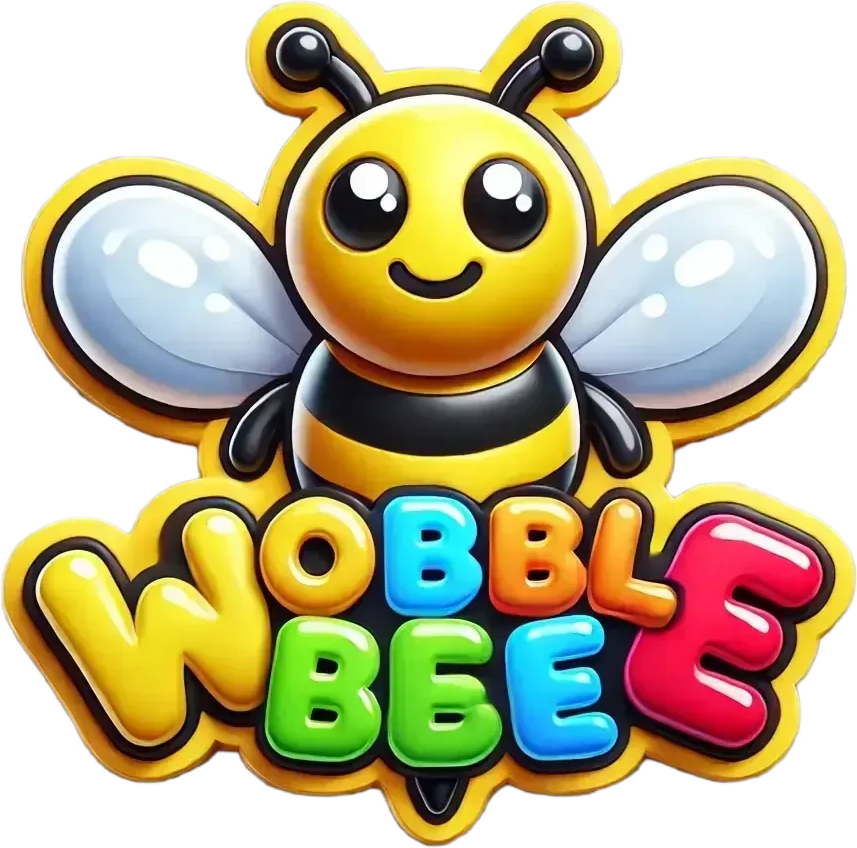Bees are fascinating creatures that play a crucial role in our ecosystem. They are not only known for their ability to produce honey but also for their vital role in pollination. In this blog post, we will explore different types of bees and their unique characteristics.
Honey Bees
Honey bees are perhaps the most well-known type of bee. They are social insects that live in large colonies, with one queen bee and thousands of worker bees. Honey bees are known for their exceptional ability to produce honey, which serves as their food source during the winter months. They are also responsible for pollinating a wide variety of plants, making them essential for the growth and reproduction of many crops.
One fascinating characteristic of honey bees is their complex communication system. They use a combination of pheromones, dances, and vibrations to communicate with each other and coordinate their activities within the hive.
Bumble Bees
Bumble bees are another type of social bee that live in smaller colonies compared to honey bees. They are characterized by their large, fuzzy bodies and loud buzzing sound. Bumble bees are excellent pollinators and are known for their ability to fly in cooler temperatures, making them essential for the pollination of early-blooming plants.
Unlike honey bees, bumble bees do not produce as much honey. Instead, they store a small amount of nectar and pollen to sustain the colony. Bumble bees are also known for their unique behavior called “buzz pollination,” where they vibrate their flight muscles to release pollen from certain flowers that are otherwise difficult to access.
Solitary Bees
Solitary bees, as the name suggests, do not live in colonies. Instead, each female bee builds her own nest and raises her offspring independently. There are many species of solitary bees, including mason bees, leafcutter bees, and carpenter bees.
One interesting characteristic of solitary bees is their nesting behavior. Mason bees, for example, use mud to build their nests in preexisting holes or cavities. Leafcutter bees, on the other hand, use circular pieces of leaves to construct their nests. Solitary bees are also important pollinators and contribute to the overall biodiversity of our ecosystem.
Sweat Bees
Sweat bees are a diverse group of bees that are attracted to human sweat, hence their name. They are typically small in size and come in various colors. Sweat bees are solitary bees that nest in the ground or in preexisting cavities. While they may be attracted to sweat, they are generally not aggressive and rarely sting unless provoked.
These bees are important pollinators and play a role in the pollination of many wildflowers and garden plants. They are particularly attracted to flowers with bright colors and a pleasant fragrance.
Mason Bees
Mason bees are solitary bees that are known for their exceptional pollination abilities. They are excellent pollinators for fruit trees, berries, and other crops. Mason bees get their name from their nesting behavior, as they use mud to construct individual chambers within their nests.
Unlike honey bees, mason bees do not produce honey. Instead, they collect nectar and pollen to feed their offspring. These bees are gentle and rarely sting, making them an ideal addition to gardens and orchards.
Conclusion
Bees are an integral part of our ecosystem, and understanding their different types and characteristics can help us appreciate their importance. From honey bees and bumble bees to solitary bees and sweat bees, each type plays a unique role in pollination and contributes to the biodiversity of our planet. By creating a bee-friendly environment in our gardens and supporting bee conservation efforts, we can ensure the survival and well-being of these remarkable creatures.
